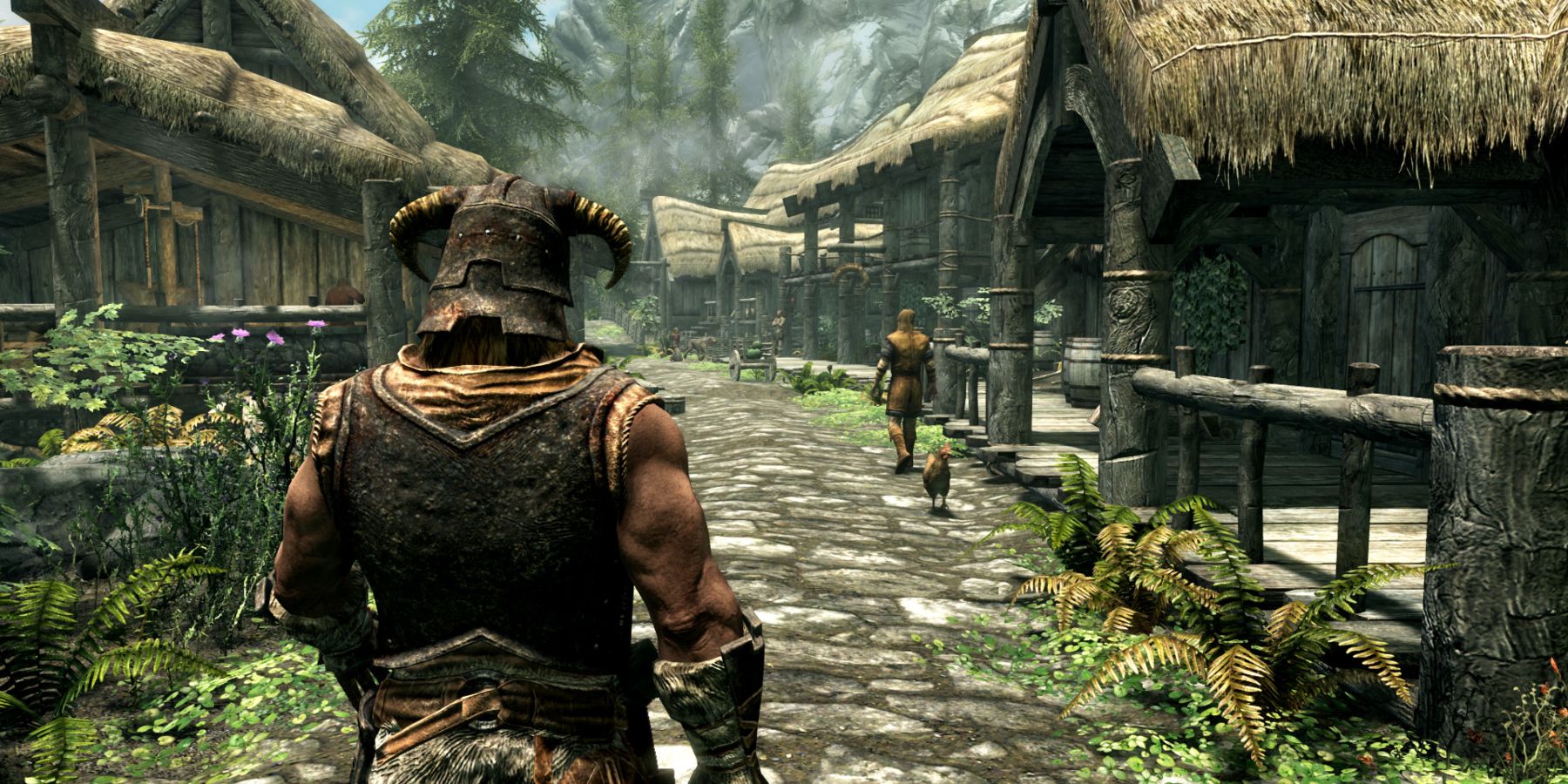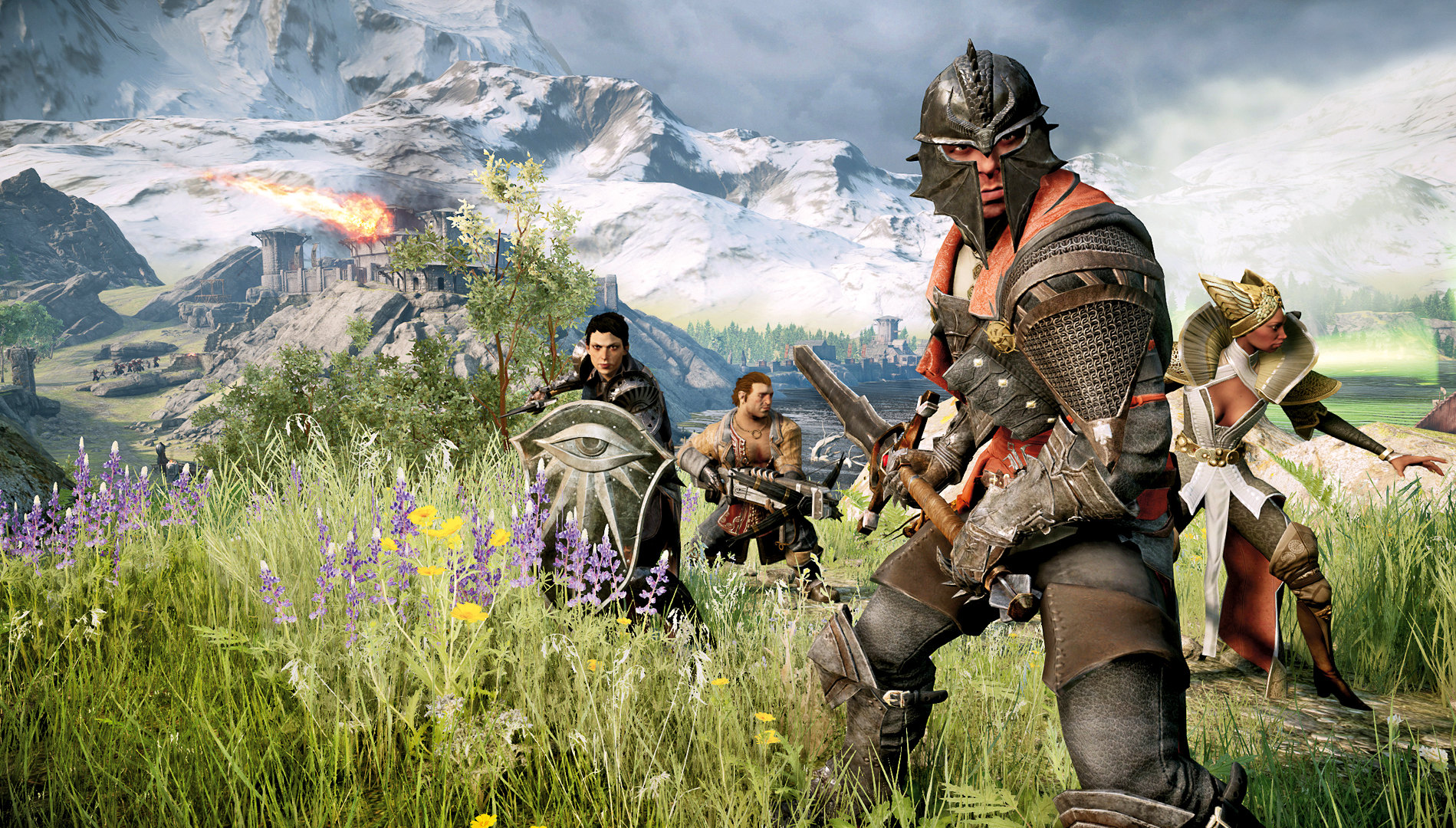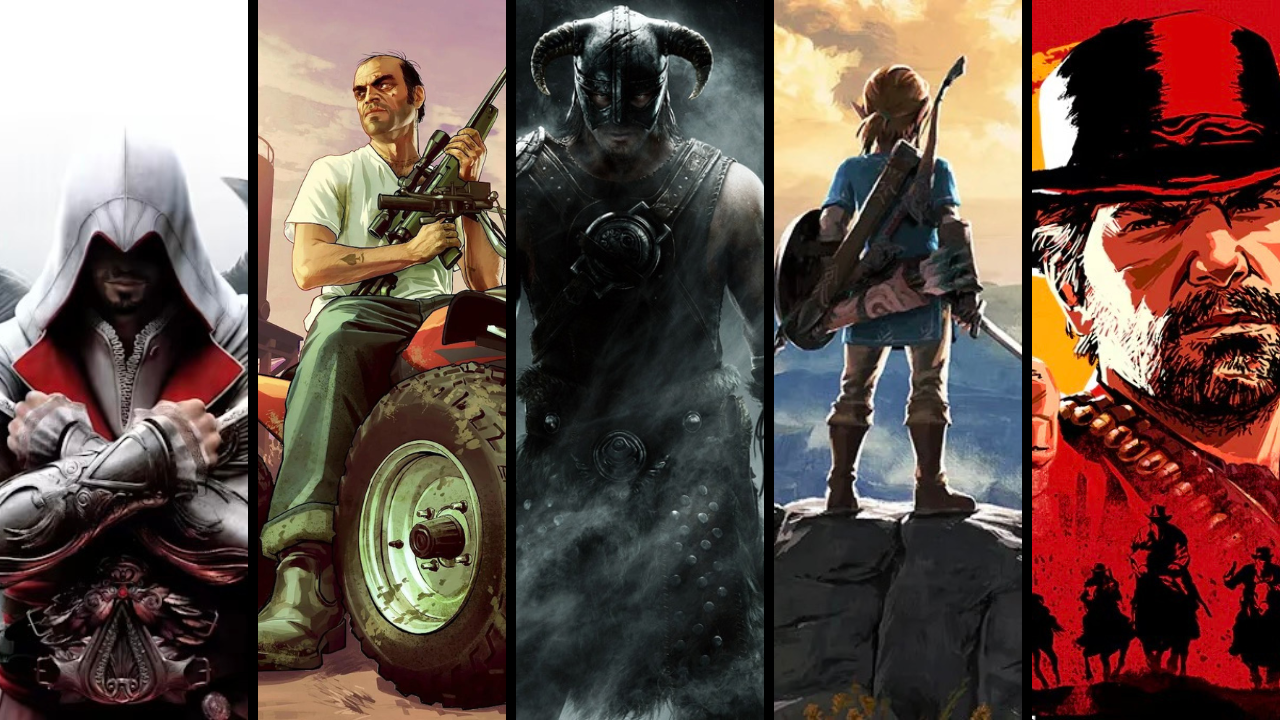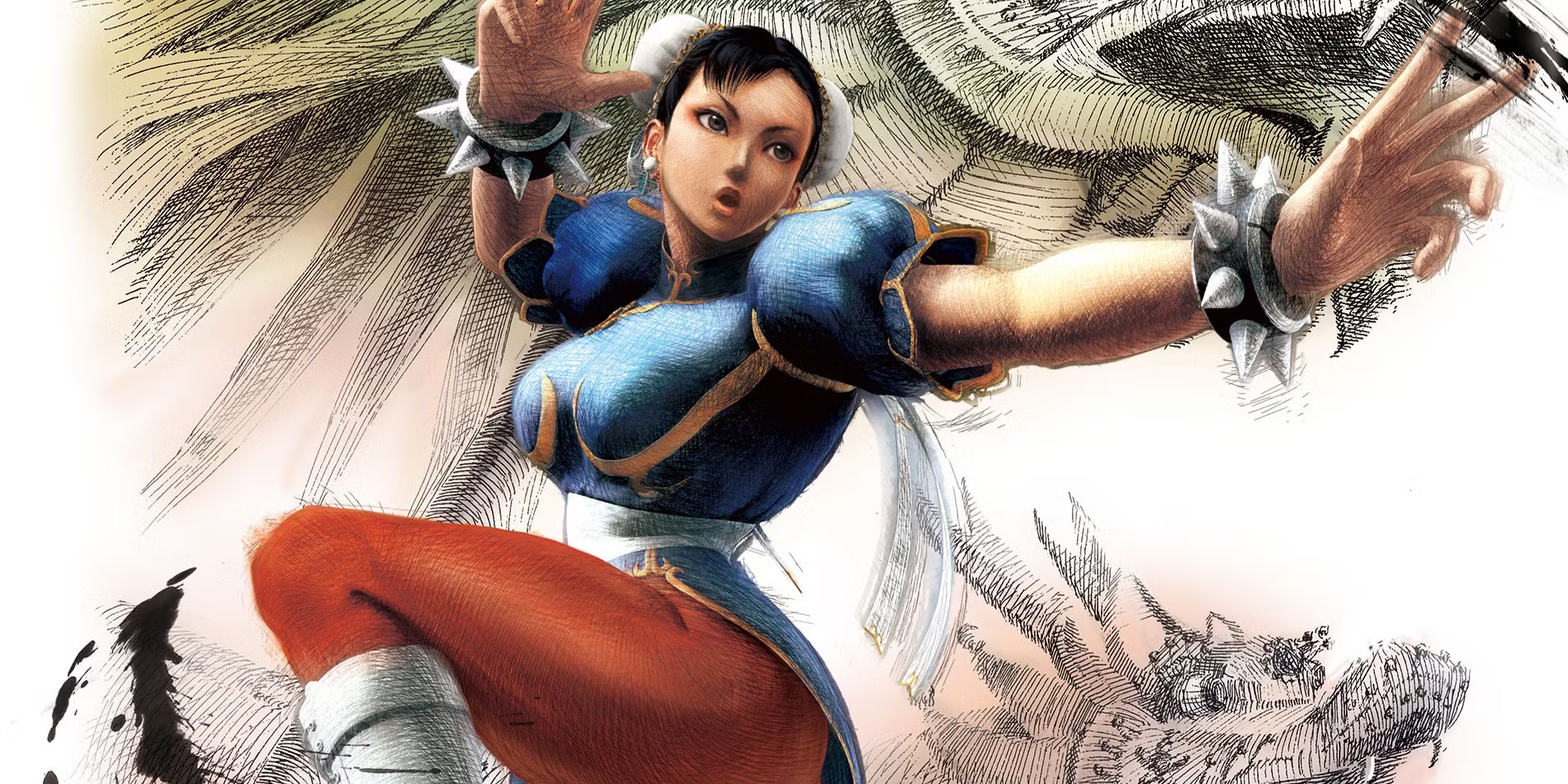Open world games have become a dominant genre in the gaming industry, offering players vast landscapes to explore and countless quests to undertake. Titles like “The Elder Scrolls V: Skyrim,” “The Legend of Zelda: Breath of the Wild,” and “The Witcher 3: Wild Hunt” have set high standards for what open world games can achieve. However, as the genre has evolved, the sheer scale and complexity of these games have begun to raise some concerns. In this article, we will explore why open world games might be reaching a point where more isn’t necessarily better, and how their expansive nature can sometimes detract from the overall gaming experience.

The Allure of the Open World
The appeal of open world games is undeniable. They offer a sense of freedom and immersion that linear games can’t match. Players can forge their own paths, interact with the environment in myriad ways, and experience stories at their own pace. This non-linear approach to storytelling and gameplay has been a breath of fresh air in an industry that was once dominated by linear, mission-based games.
However, as developers strive to create ever-larger and more intricate worlds, the genre has begun to exhibit some problematic trends. The balance between depth and breadth is increasingly skewed, with quantity often taking precedence over quality.
![100+] Open-world Games Wallpapers | Wallpapers.com](https://wallpapers.com/images/featured/open-world-games-ew2yvrmjn6q38krq.jpg)
Too Big to Handle
One of the primary issues with modern open world games is their sheer size. While expansive maps can offer a sense of awe and exploration, they can also become overwhelming. Games like Assassin’s Creed: Valhalla and Red Dead Redemption 2 boast maps so large that traversing them can feel like a chore. Fast travel systems help mitigate this to an extent, but they can also break immersion and make the world feel less cohesive.
When worlds are too vast, they can dilute the overall experience. Players may find themselves spending more time traveling from point A to point B than actually engaging in meaningful gameplay. The sense of discovery that open world games are meant to evoke can be lost when the journey itself becomes a tedious task.

An Overabundance of Collectibles
Collectibles have long been a staple of open world games, offering players additional goals and rewards for exploring the environment. However, the sheer volume of collectibles in some modern titles can be staggering. Games like Far Cry and Horizon Zero Dawn inundate players with an endless array of items to find, ranging from trinkets and documents to crafting materials and hidden treasures.
While collectibles can add depth to the game world, they can also lead to a sense of burnout. When there are hundreds of items to track down, the excitement of discovery can quickly turn into a slog. The completionist mentality can drive players to spend hours upon hours scouring the map, detracting from the main story and other gameplay elements. This can result in a fragmented experience where players feel compelled to chase down every last item rather than enjoy the game at their own pace.

The Curse of the Side Quest
Side quests are another double-edged sword in open world games. They can provide rich storytelling, character development, and unique challenges that enhance the main narrative. However, the sheer number of side quests in many modern titles can be overwhelming. Games like The Witcher 3: Wild Hunt and Cyberpunk 2077 offer an abundance of side missions that can easily eclipse the main storyline in terms of time and attention required.
The problem with having too many side quests is that it can dilute the narrative focus. Players may find themselves drifting away from the central plot, losing track of important story beats and character arcs. Additionally, not all side quests are created equal. While some are well-crafted and engaging, others can feel like filler content, designed merely to pad out the game’s length. These less impactful missions can detract from the overall experience, making the game feel bloated and unfocused.

The Dialogue Dilemma
In an effort to create immersive and believable worlds, many open world games feature extensive dialogue with non-player characters (NPCs). While this can enhance the story and provide depth to the game world, it can also become a hindrance. Engaging in lengthy conversations with minor characters can slow down the pacing and take players out of the action.
Games like Mass Effect and Dragon Age are known for their rich dialogue trees and character interactions, but not all games handle this aspect with the same finesse. When minor NPCs have long-winded dialogues that contribute little to the overall narrative, it can feel like a waste of time. Players might find themselves skipping through conversations, missing out on potentially important information or character development.

Filler Missions and Time Investment
One of the most significant criticisms of modern open world games is the presence of filler missions. These are tasks that feel repetitive or inconsequential, designed to extend the game’s length without adding meaningful content. Games like Assassin’s Creed and Watch Dogs often feature missions that involve mundane activities like fetching items, taking down generic enemies, or performing repetitive tasks.
Filler missions can make the game feel padded and unoriginal. When players are forced to engage in repetitive activities, the sense of excitement and adventure can quickly wane. This is particularly problematic in games that require a substantial time investment to complete. Titles like The Elder Scrolls V: Skyrim and The Witcher 3: Wild Hunt can take anywhere from 80 to 100 hours to fully experience. While this might appeal to some players, others may find the prospect daunting and exhausting.

Striking a Balance
The key to a successful open world game lies in striking a balance between scale and substance. While vast worlds and abundant content can be appealing, they should not come at the expense of quality and player engagement. Developers need to ensure that every aspect of the game serves a purpose and enhances the overall experience.
One approach is to focus on creating more meaningful and diverse content rather than simply increasing the quantity. Side quests should be well-crafted and contribute to the overarching narrative or world-building. Collectibles should feel rewarding and relevant, rather than just arbitrary items scattered across the map. Dialogue with NPCs should be concise and impactful, adding depth without bogging down the pacing.
Additionally, developers can consider implementing systems that allow players to tailor their experience. For instance, providing options to adjust the frequency of side quests, collectibles, and dialogue can help cater to different playstyles. This way, players can choose whether they want a more streamlined experience or a more in-depth exploration of the game world.
/cdn.vox-cdn.com/uploads/chorus_asset/file/23285182/50272117098_4902e671b7_k.jpg)
Open world games have the potential to offer unparalleled freedom and immersion, but they also come with their own set of challenges. As the genre continues to evolve, it’s important for developers to recognize that bigger isn’t always better. By focusing on quality over quantity and ensuring that every element of the game serves a meaningful purpose, they can create experiences that are both expansive and engaging.
While the allure of vast worlds and endless content can be tempting, it’s crucial to remember that too much of a good thing can sometimes be overwhelming. Striking the right balance is key to ensuring that open world games remain enjoyable and memorable for players. As the industry moves forward, it will be interesting to see how developers address these challenges and continue to innovate within the genre.




